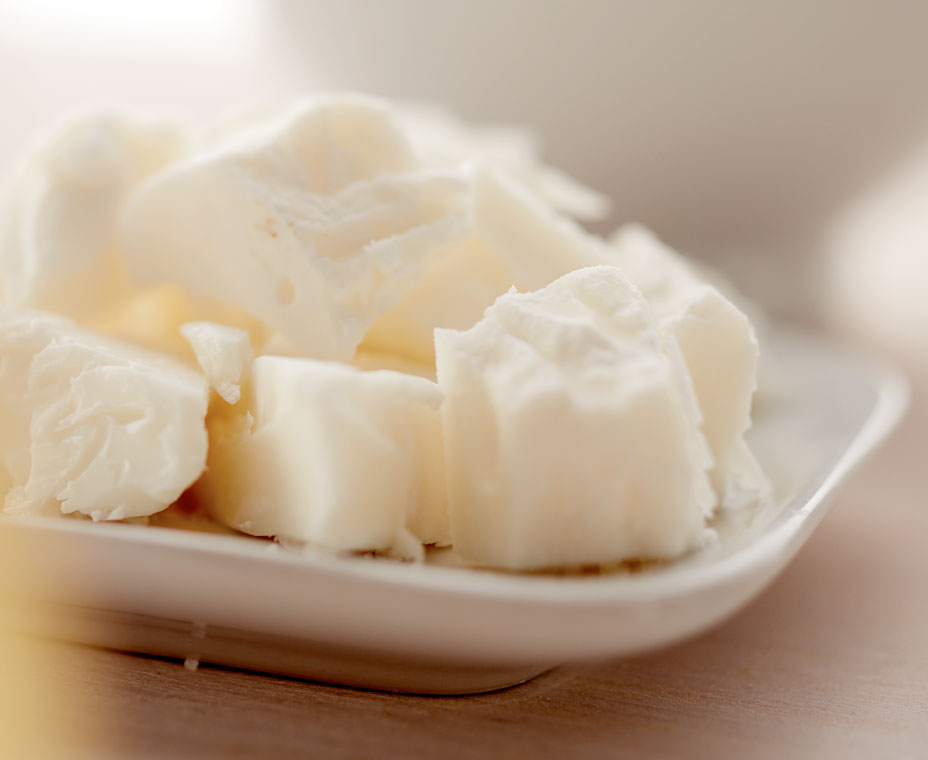Sponsored by Bunge Creative Solutions
In an industry obsessed with health and sustainability, animal fat alternatives are in high demand. From vegans to dieters looking to reduce their fat intake, customers want healthier, more sustainable options. Experimenting with alternative butters is one way to address this growing customer concern.
As a pastry chef with more than 25 years of experience, Jen Bush of Lucky’s Bakehouse and Creamery often experiments with alternative flours and fats. She’s found algae butter to be a fantastic baking alternative. Bush shares her insight into why algae butter makes for an effective butter for bakeries.
How can chefs use algae butter?
You can use it in sauces, laminated doughs, cookies, cakes and buttercreams. It can really be used as a true drop-in replacement for any type of shortening, margarine, or butter across a wide range of applications.
How do customers feel about it?
People like its clean label and menu properties. It’s healthier to use than animal products. Algae butter baking fat has no trans fat and up to 50 percent less saturated fat than other products like palm oil and butter. As the world’s most sustainable fat, its environmental impact is lower than other butters and oils.
What can chefs expect when they use it?
Algae butter has a very neutral taste and can be formulated for different applications by simply using more or less water, such as to make buttercream or laminated dough. It’s easy to store at room temperature, so while you can’t safely set butter out all day, you can leave out algae butter. Algae butter baking fat is also scoopable and easy to use, which cuts down on labor. It’s really great with distributing flavor throughout the product, whereas butter can sometimes overtake the taste of what you bake.
What has been your most successful application so far?
Buttercream has been one of the most successful. With many other butters, you have bring them to room temperature and get them ready for piping bags. Then you have to refrigerate, warm, and rewhip them when you use them. Because algae butter is solid and ready to use at room temperature, you can put it in the piping bags right away, and you can leave it in the bag without worrying about air bubbles or hardening.
What advice do you have for chefs using algae butter?
Be open to it. There are no huge adjustments that need to be made for it. It can be used as an alternative ingredient in almost anything, and you can use it in recipes at a one-to-one ratio. If you want to try it, Bunge is sampling algae butter right now.
By Peggy Carouthers













